#ancient england
Photo

The Sutton Hoo Jewellery Set
“Sutton Hoo” is a peculiar name for this exquisite set, but if you know about British archeology it won’t surprise you. Sutton Hoo is the name of an archeological site in England where burials of important people from the 6th-7th century AD Anglo Saxon kingdom of East Anglia were studied and excavated. These graves contained a plethora of beautifully made metal jewellery and other items like swords, helmets, and tools with red and gold designs. The artefacts now reside in the British Museum in London. The Sutton Hoo artefacts have inspired the “look” of a lot of mediaeval-inspired jewellery, including this beadwork set I designed and made. The golden brown seed beads and reddish crystals along with the woven look of the beadwork bring to mind the ancient Anglo Saxon ornamentation.
Materials and techniques: beadweaving with needle and thread, polymer beading thread, bronze seed beads, red seed beads, bronze metallic fire polished crystals, swarovski crystals, antiqued brass findings
#ornamentum by katia#sutton hoo#anglo saxon#medieval#dark ages#ancient england#archeology#anglo saxon jewelery#medieval jewelry#red and gold#autumn colours#pink#orange#bronze#warm colours#historical fashion#necklace#hair ornament#hair clips#glass beads#seed beads#beadweaving#beadwork#swarovski pearls#swarovski#fire polished crystals#rosettes#rule of three#statement jewelry#statement necklaces
14 notes
·
View notes
Text



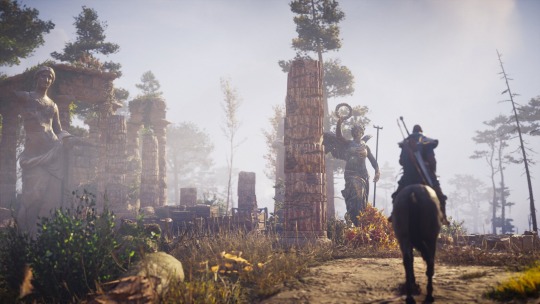






“But we do not choose our deaths. The Norns do that at the foot of Yggdrasil and I imagined one of those three Fates holding the shears above my thread. She was ready to cut, and all that mattered now was to keep tight hold of my sword so that the winged women would take me to Valhalla's feasting-hall…”
-Bernard Cornwell, Death of Kings
Some highlights from my playthrough of Assassin’s Creed Valhalla!
#ac valhalla#assassin’s creed valhalla#assassin’s creed#Valhalla#ps5 photomode#photomode#eivor of the raven clan#wolf kissed#norse mythology#vikings#the age of Vikings#virtual photography#ancient norse#9th century#ancient england
5 notes
·
View notes
Text
'Ancient' England
Rewatching the Star Trek: Voyager episode Cathexis, at the start Janeway refers to her very obviously Bronte-esque, Victorian holo-novel as taking place in 'Ancient' England.
Voyager takes place in the 24th century, so about 600 years removed from this setting, that doesn't quite feel 'ancient' to me. I mean, it's a while ago, but it doesn't have the same feel as 'ancient Rome', say.
For context, 600 years ago for us would be around when The Canterbury Tales was written. I don't think I would call the The Canterbury Tales and ancient text. Again, it is old, but 'ancient' puts me in mind of things from 1000+ years ago, more the works of Ovid than the works of Chaucer.
So, uh, history side of tumblr, any incite on when the cut-off point for ancient is?
#star trek#star trek voyager#voy#captain janeway#ancient england#Bronte-esque#history side of tumblr
0 notes
Text
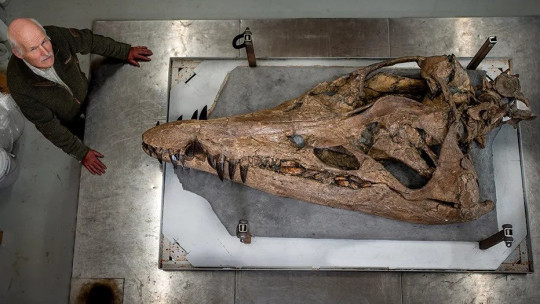
Gigantic Skull of Prehistoric Sea Monster Found on England’s ‘Jurassic Coast’
The remarkably well-preserved skull of a gigantic pliosaur, a prehistoric sea monster, has been discovered on a beach in the county of Dorset in southern England, and it could reveal secrets about these awe-inspiring creatures.
Pliosaurs dominated the oceans at a time when dinosaurs roamed the land. The unearthed fossil is about 150 million years old, almost 3 million years younger than any other pliosaur find. Researchers are analyzing the specimen to determine whether it could even be a species new to science.
Originally spotted in spring 2022, the fossil, along with its complicated excavation and ongoing scientific investigation, are now detailed in the upcoming BBC documentary “Attenborough and the Jurassic Sea Monster,” presented by legendary naturalist Sir David Attenborough, that will air February 14 on PBS.


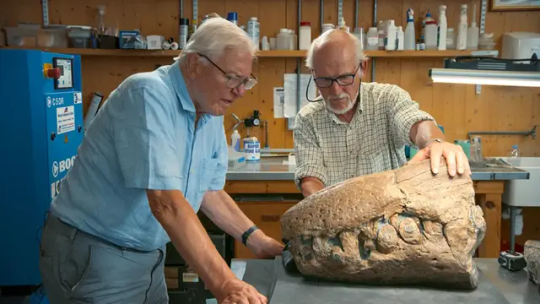
Such was the enormous size of the carnivorous marine reptile that the skull, excavated from a cliff along Dorset’s “Jurassic Coast,” is almost 2 meters (6.6 feet) long. In its fossilized form, the specimen weighs over half a metric ton. Pliosaurs species could grow to 15 meters (50 feet) in length, according to Encyclopaedia Britannica.
The fossil was buried deep in the cliff, about 11 meters (36 feet) above the ground and 15 meters (49 feet) down the cliff, local paleontologist Steve Etches, who helped uncover it, said in a video call.
Extracting it proved a perilous task, one fraught with danger as a crew raced against the clock during a window of good weather before summer storms closed in and the cliff eroded, possibly taking the rare and significant fossil with it.
Etches first learned of the fossil’s existence when his friend Philip Jacobs called him after coming across the pliosaur’s snout on the beach. Right from the start, they were “quite excited, because its jaws closed together which indicates (the fossil) is complete,” Etches said.
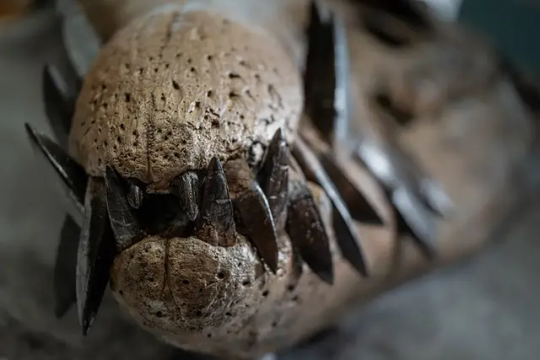

After using drones to map the cliff and identify the rest of the pliosaur’s precise position, Etches and his team embarked on a three-week operation, chiseling into the cliff while suspended in midair.
“It’s a miracle we got it out,” he said, “because we had one last day to get this thing out, which we did at 9:30 p.m.”
Etches took on the task of painstakingly restoring the skull. There was a time he found “very disillusioning” as the mud, and bone, had cracked, but “over the following days and weeks, it was a case of …, like a jigsaw, putting it all back. It took a long time but every bit of bone we got back in.”
It’s a “freak of nature” that this fossil remains in such good condition, Etches added. “It died in the right environment, there was a lot of sedimentation … so when it died and went down to the seafloor, it got buried quite quickly.”

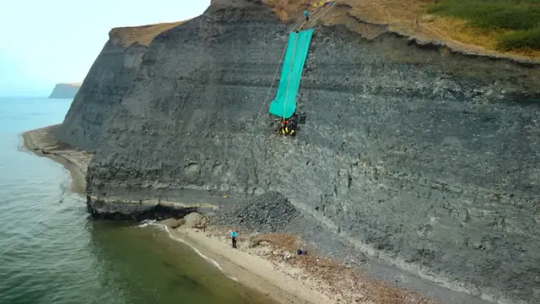

Fearsome top predator of the seas
The nearly intact fossil illuminates the characteristics that made the pliosaur a truly fearsome predator, hunting prey such as the dolphinlike ichthyosaur. The apex predator with huge razor-sharp teeth used a variety of senses, including sensory pits still visible on its skull that may have allowed it to detect changes in water pressure, according to the documentary.
The pliosaur had a bite twice as powerful as a saltwater crocodile, which has the world’s most powerful jaws today, according to Emily Rayfield, a professor of paleobiology at the University of Bristol in the United Kingdom who appeared in the documentary. The prehistoric marine predator would have been able to cut into a car, she said.
Andre Rowe, a postdoctoral research associate of paleobiology at the University of Bristol, added that “the animal would have been so massive that I think it would have been able to prey effectively on anything that was unfortunate enough to be in its space.”
By Issy Ronald.


#Gigantic Skull of Prehistoric Sea Monster Found on England’s ‘Jurassic Coast’#Dorset England#pliosaur#jurassic#fossil#prehistoric#dinosaur#paleobiology#palaeontologists#archaeology#archeolgst#history#history news#ancient history#Sir David Attenborough#nature#naturalist
587 notes
·
View notes
Text
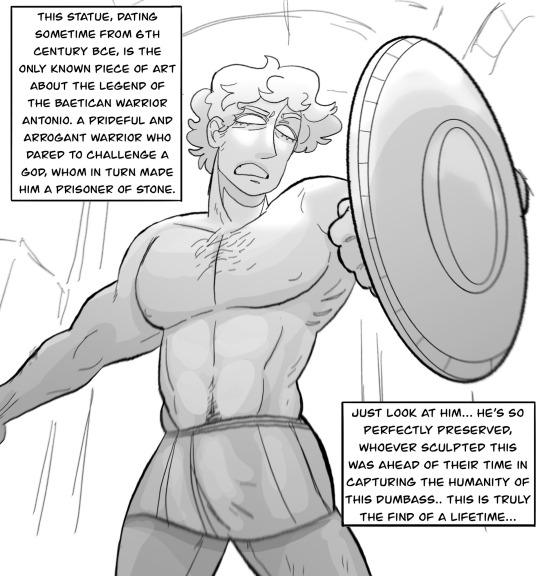





Legend has it that only a kiss of the one who may truly humble the dumbass warrior will free him from the imprisonment of stone ❤️
Sorry guys! On this blog there’s no order. Just random gay thoughts that pop into my head that I will hopefully draw more of later 😋💕
#speaks Ancient language at you and winks#‘WHAT DID HE SAY TO ME. WHY IS HE WINKING. HELP’#hetalia#aph spain#hws spain#aph romano#aph south italy#hws romano#hws south italy#spamano#hws veneziano#hws north italy#aph veneziano#aph north italy#also Lovino will humble his ass rq#but also make Antonio realize that there’s more to life than just being better than everyone else andkdkd#also let’s make ‘god’ ancient asshole England who’s a littol trickster#VERY DUBIOUS HISTORY. I WAS HIGH AND TIRED TO DO MAXIMUM RESEARCH
419 notes
·
View notes
Text

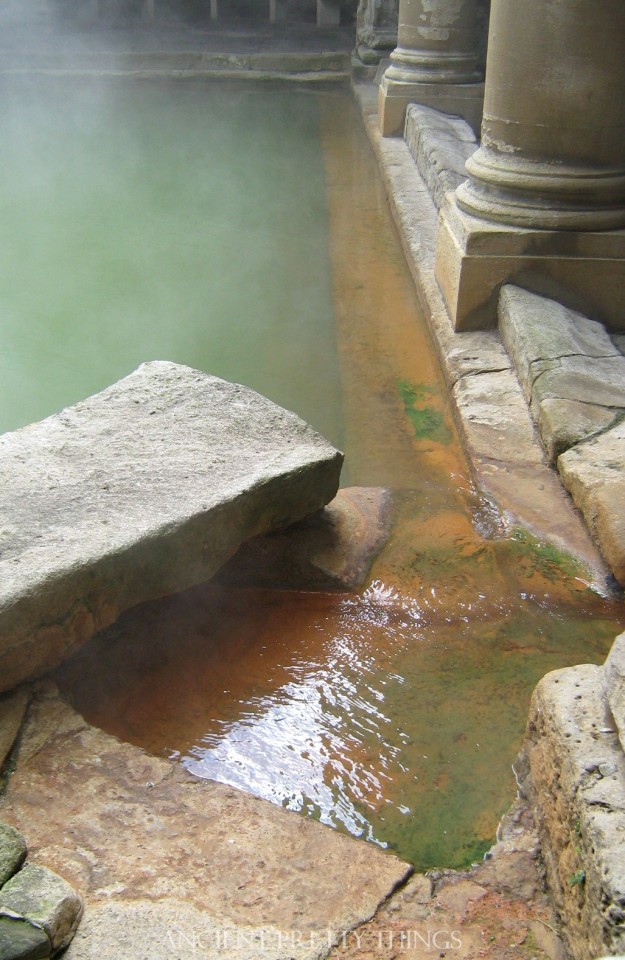
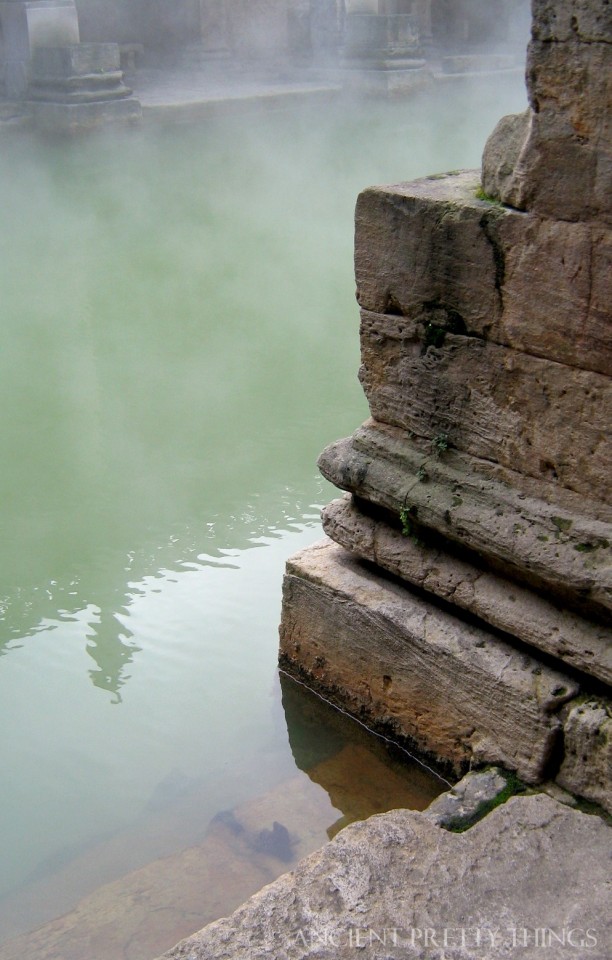

The Roman Baths, Bath.
England.
#bath#roman baths#romans baths bath#england#ancient rome#ancient roman#therme#mineral springs#original photography#ancientprettythings
2K notes
·
View notes
Text

Peak District, England
503 notes
·
View notes
Text



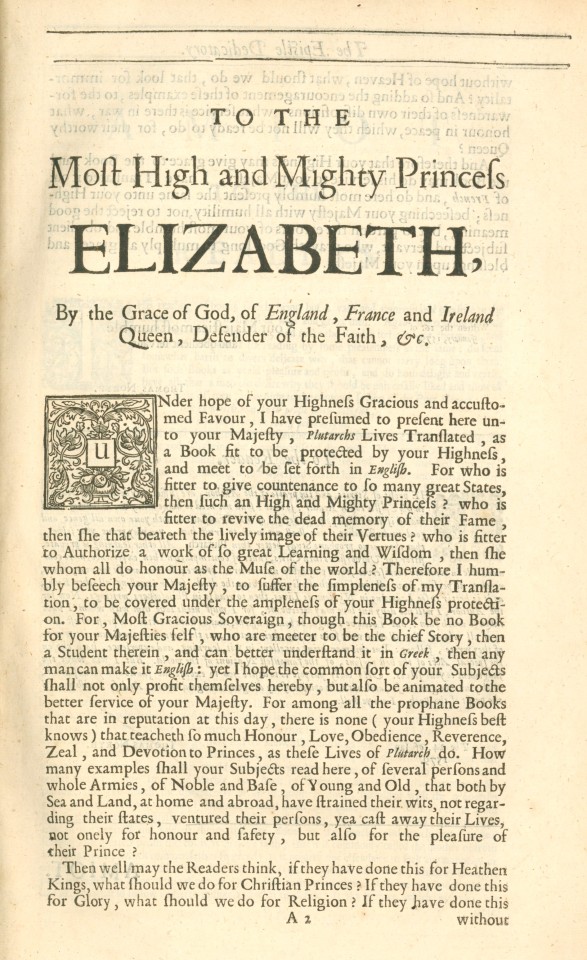



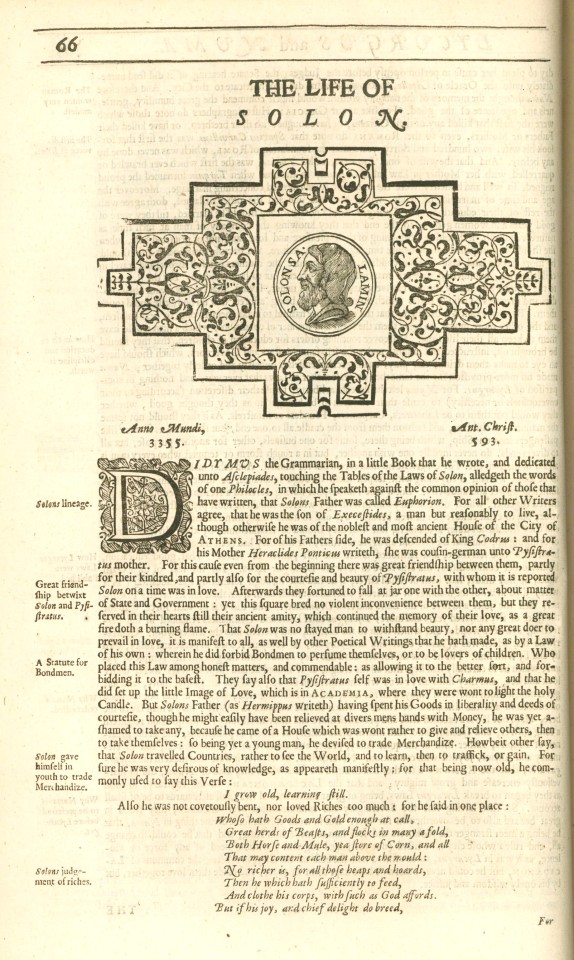

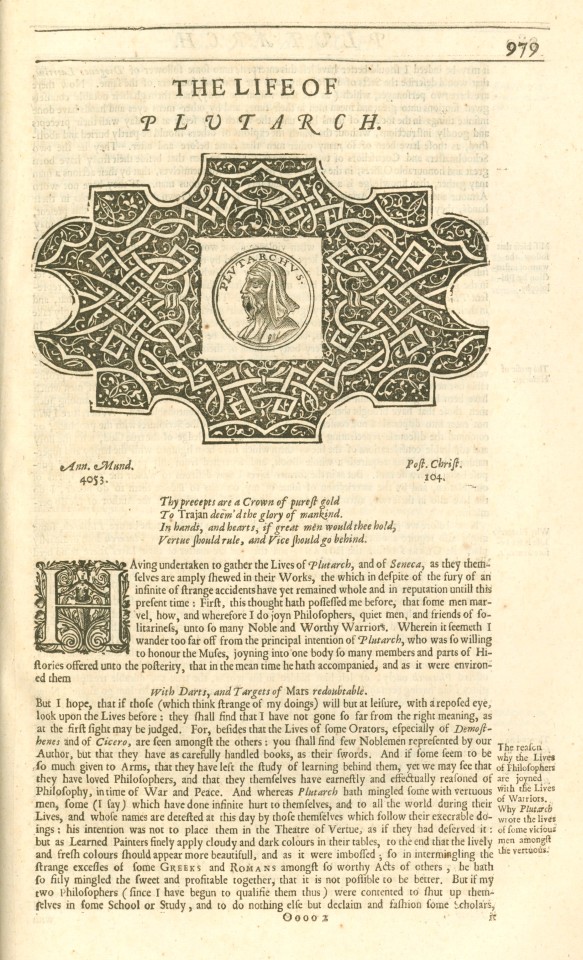
Classic Profiles
This is a 1676 edition of The Lives of the Noble Grecians and Romans, compared together by the 1st-century BCE Greek philosopher and historian Plutarch of Chaeronea, printed by the printer to the University of Cambridge John Hayes for the bookseller George Sawbridge. Originally written in Greek, Plutarch's Lives appeared in print for the first time as a Latin translation in 1470, and this English translation by Sir Thomas North was first published in 1579 from a French translation by James Amiot (Jacques Amyot). The text is a collection biographies of famous Greeks and Romans, including Alexander the Great, Pericles, Tiberius Gracchus, and Cicero. These figures left an indelible mark on history, their lives and achievements shaping the world as we know it.
Sir Thomas North (1535 – c. 1604) was an English translator and lawyer significantly contributing to English literature. His translation of Plutarch's Lives served as the primary source text for William Shakespeare's Roman plays, a testament to his work's enduring influence. This translation is regarded as one of the earliest examples of exceptional English prose. It was followed by another edition in 1595, which included updated biographies. A third edition of North's Plutarch was published in 1603, including even more translated Parallel Lives and a supplement of other biographies.
Jacques Amyot (1513-1593), a French scholar, writer, and translator, made substantial contributions to the field of translation and literature. His work on the translation of Plutarch's Lives (1559-1565) was instrumental in shaping the literary landscape of his time and laid the foundation for future translations and interpretations of Plutarch's work.
The first edition of this book was dedicated to Queen Elizabeth I. This dedication reflects the book's significance and provides a glimpse into the political and cultural landscape of the time, adding another layer of depth to the reader's understanding. Plutarch’s Lives helped shape the understanding of the classical Greek democracies and oligarchies of the Roman Republic and the role attributed to their founders—among them the legendary Lycurgus of Sparta and the Athenian lawgiver Solon.
-Melissa, Special Collections Classics Intern
View other Classics posts
#classics#greek posts#greece#roman#cambridge#plutarch#ancient greece#roman republic#alexander the great#lycurgus#solon#queen elizabeth i of england#biography#sappho#constantine the great#pericles#Thomas North#James Amiot#Jacques Amyot#John Hayes#university of cambridge
93 notes
·
View notes
Text

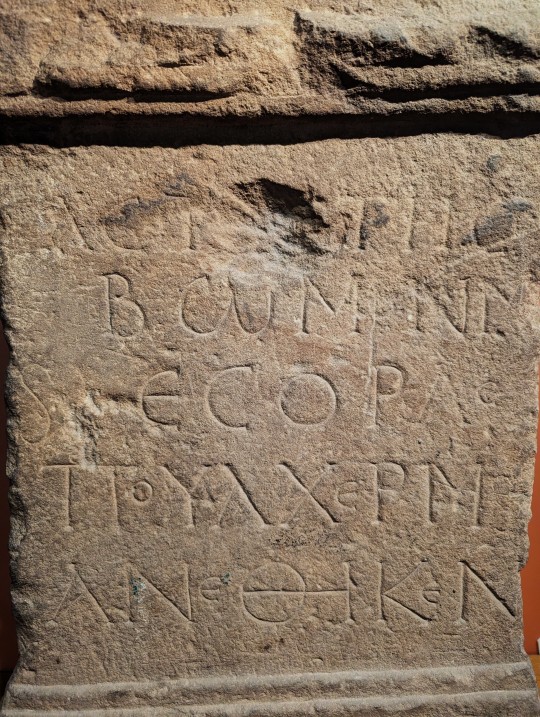
Altar to Astarte from Corbridge, England dated to the 3rd Century CE on display at the Tullie House Museum and Art Gallery in Carlisle, England
This altar was set up by a man called Pulcher who had his inscription writted in Greek. It is dedicate to an ancient Near Eastern goddess called Astarte, who has been worshipped since prehistory. A patera, or pan, is depicted on one side of the altar and a jog on the other. Both these items would have been used during religious ceremonies.
Photographs taken by myself 2023
#art#archaeology#history#roman empire#england#english#ancient#tullie house museum and art gallery#carlisle#barbucomedie
88 notes
·
View notes
Text
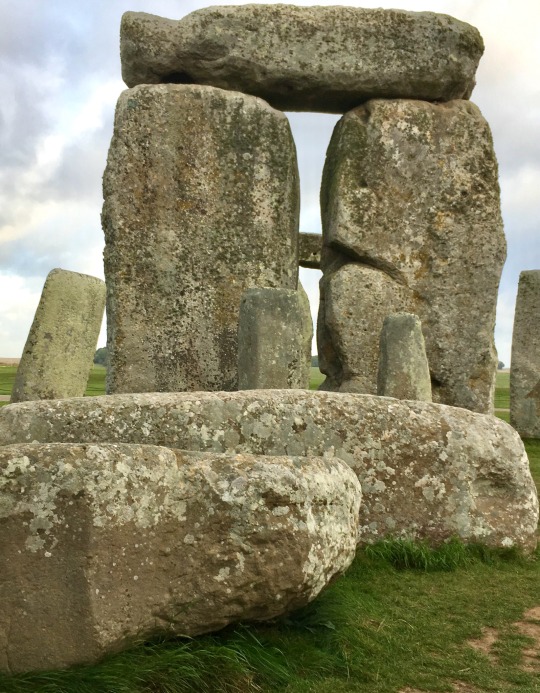
5 years ago I visited this place with some people who live nearby and know way more about it than I do. I got inside the circle and took loads of pictures. The weather was grey but not raining like it was a few mornings later when I visited again.
198 notes
·
View notes
Text

#country house#interior#architecture#higginsandcole#england#chatsworth house#chatsworth#Roman#foot#Art#ancient
210 notes
·
View notes
Text
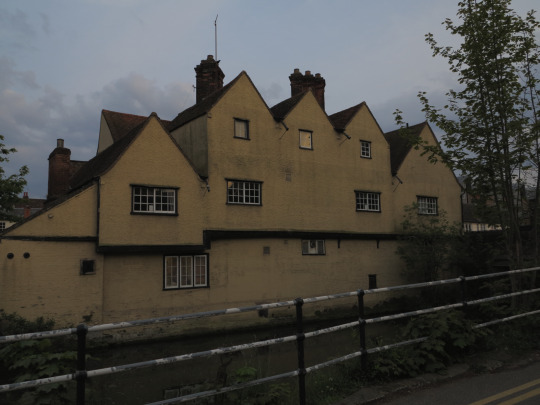
Hertford; 30.4.2022
#photography#photographers on tumblr#dubmill#Hertford#Hertfordshire#England#UK#Britain#architecture#vernacular#ancient#original photography#original photograph#walk#Bayford to Hertford via Bengeo#2022#30042022
92 notes
·
View notes
Text
Nero is famous for starting a fire in Rome and then "fiddling" while the city burnt, even though things almost certainly didn't happen that way.
There were four different films made of Quo Vadis, a novel by Polish author Henryk Sienkiewicz. Here's the poster from the 1913 version:

Despite its historical inaccuracy, the image of a ruler fiddling while Rome burned has been too delicious for satirists to pass up, as in this 1770 cartoon mocking George III:

Much more on the burning of Rome below:
{Buy me a coffee} {WHF} {Medium} {Looking Through the Past}
71 notes
·
View notes
Text



kadavumbagam synagogue in kochi, kerala, india. it's also known as the "cochin blossoms synagogue" for its floral details.
malabari jews trace their origins to jews who'd come to present-day kerala from the middle east from antiquity. the synagogue was renovated in 1700, but the original dates back to the 12th-13th centuries. it was said to have been built by jews who'd fled persecution to kochi's ernakalum district. the specifics of the story vary.
after a period of abandonment beginning in the 1970s, it was restored in 2018 by local josephai "babu" elias and is now in use again. it's currently the oldest functioning synagogue in india.
#india#kerala#architecture#interior#worship#jewish#mizrahi#abrahamic kerala#my posts#it's also the oldest functioning synagogue in the commonwealth countries but that's not a really high bar#england kicked out jews for a few hundred years until the renaissance period when they let some sephardim in#everywhere else either had ancient jewish communities that are long gone and/or didn't have extant jewish communities until#the 1500s or later or never had jewish communities at all#except for nigeria (igbo jews) but this ones still the oldest
96 notes
·
View notes
Text
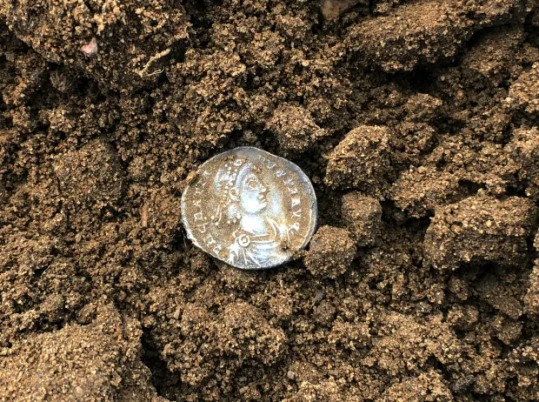
Roman Coin Hoard Found in England Sells at Auction
A hoard of Roman coins discovered by a metal detectorist scouring farmland has fetched more than £15,000 after going under the hammer.
More than 430 coins were found buried in the village of Colkirk, near Fakenham, Norfolk.
A collection of 73 pieces, including an extremely rare coin featuring a phoenix on a globe, was auctioned in London.
The anonymous finder had shown "perseverance", said coin specialist Nigel Mills, from Noonans auctioneers.
"Some of the people I've spoken to recently, who have found some amazing finds, are spending a lot of time detecting - hours and hours - and they don't give up," he said.

"They keep going and that's the secret in so many things - don't give up, keep looking."
The Colkirk hoard, believed to date back to the early 5th Century, was spread out across a third of an acre on arable farmland, although the majority of finds were discovered in a 1.5m (59in) radius.
It was a lucky find for the detectorist, who had no idea the soil held such treasures.
They were out searching a field in January 2020 when they spotted a silver coin, which they recognised as a siliqua - a small, thin Roman coin.
It sparked a haul of 40 coins that day, with a further 40 found on the following one.
Covid lockdowns meant searches became more sporadic, but each discovery was logged with a portable GPS unit to accurately pinpoint the hoard's distribution.
In all, 315 coins were found in 2020, 114 in 2021 and three in 2022.
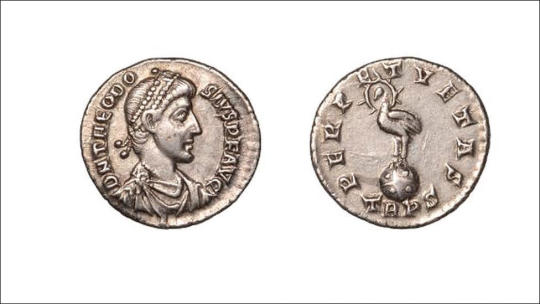
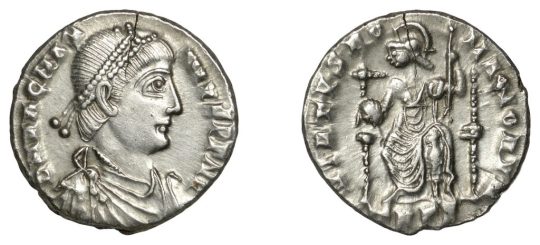
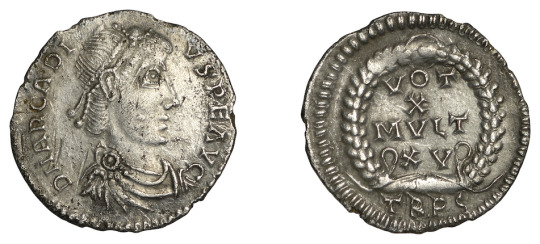
Some of the coins had been damaged, while others were fragmented due to farming processes.
A commemorative Third Miliarensis coin issued by Emperor Theodosius, decorated with a phoenix on one side, was only the fifth one of its type known to exist, with all the others in museums.
It reached £3,400 at the sale in Mayfair.
Mr Mills said: "The hoard had [been] spread out over a third of an acre through disturbance by ploughing and has been recorded under the Treasure Act.
"The hoard is likely to have been deposited at the beginning of the 5th Century AD, with the latest coin of Honorius dating no later than 402 AD.
"Other Roman treasure finds of gold and silver also from East Anglia, such as the Hoxne and Thetford hoards, reflect the wealth and importance of the area."

#Roman Coin Hoard Found in England Sells at Auction#village of Colkirk#metal detecting#coins#collectable coins#roman coins#ancient coins#ancient artifacts#archeology#archeolgst#history#history news#ancient history#ancient culture#ancient civilizations#roman history#roman empire#roman art
195 notes
·
View notes
Text

The summer solstice has dawned over Stonehenge for millennia.
#Stonehenge#Wiltshire#Salisbury Plain#English countryside#dawn#prehistoric#stone circle#summer solstice#sunrise#ancient Britain#Druidism#paganism#mystical#England
77 notes
·
View notes